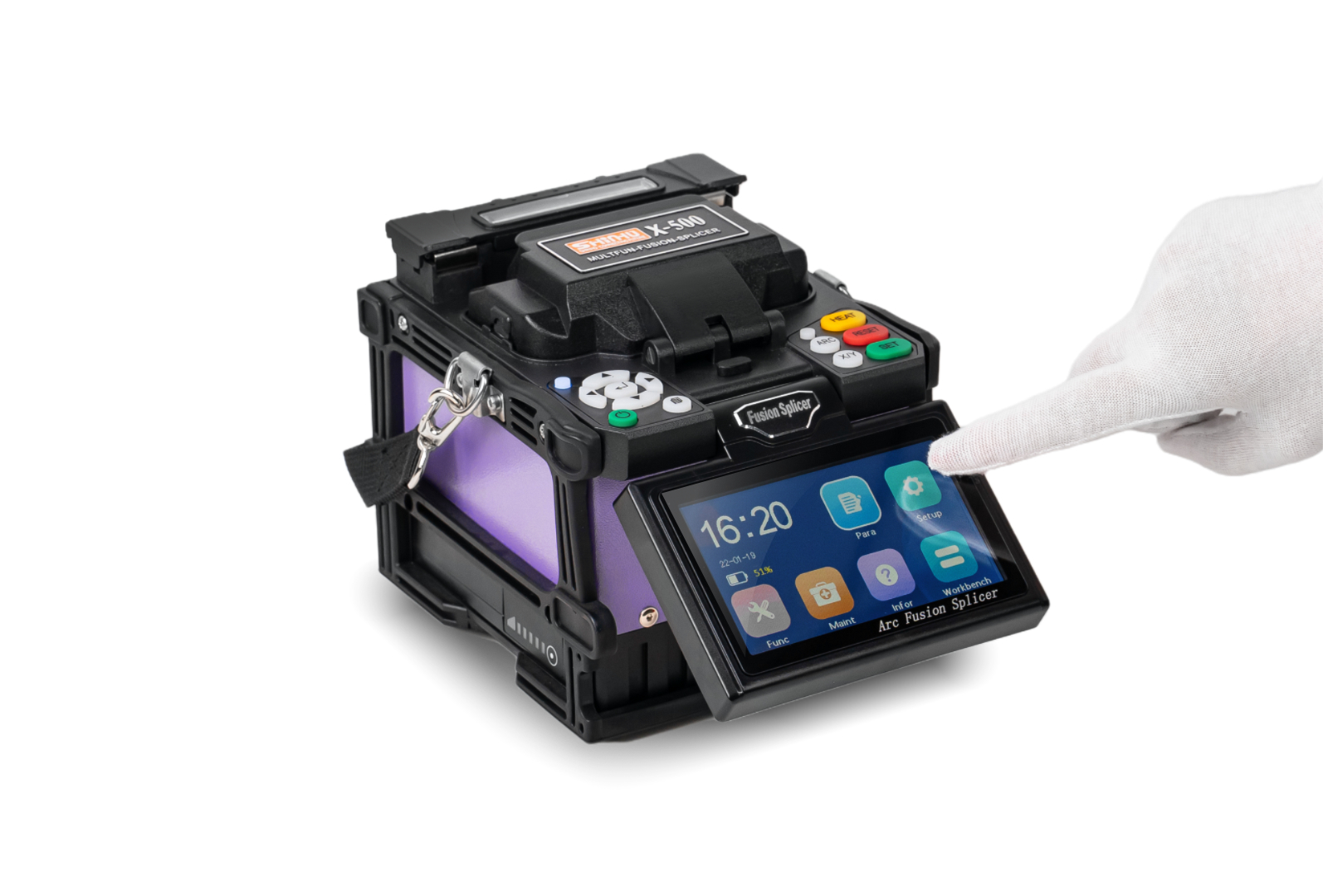Categories
Latest Blog
FTTH: Faster Connectivity
The term FTTx is used as a catch-all for
fiber to the home, premises, business and even the hybrid fiber to the curb.
Mostly we're concerned with fiber to the home, but we will discuss all options.
Broadband connections to the home began in
1997 with the installation of the first cable modems by CATV companies. Telcos
were left to try to get high speeds over copper networks, but twisted pair
wires were inferior to coax used by CATV. CATV became the dominant provider of
broadband. In the years since, the backbones for both telco and CATV were
upgraded to fiber, but even after the development of more than 20 generations
of equipment, DSL (digital subscriber line) over twisted pair phone lines was
clearly an inferior product. DSL continued until about 2020 when the last Telcos
holdouts gave up.
Beginning around 2006-7, fiber to the home
(FTTH) began emerging. Two factors made the cost low enough to justify
replacing aging copper wires, the decline in fiber optic component costs
following the fiber recession caused by the bursting of the Internet
"bubble" in 2001 and the development of passive optical networks
(PONs).
Fiber has now gained acceptance in the
final frontier of telecom networks, the "last mile," the connection
to the home. Many homes, apartments and businesses are still connected with
aging, low performance copper telephone wire that cannot support connection
speeds for broadband access. The costs of maintaining those old copper cable
plants is also extremely high and increasing. Even when landlines are abandoned
for mobile phones, the home needs a connection capable of providing high speed
Internet access and fiber is the most logical - and economic - choice,
providing gigabit+ speeds with plenty of room to upgrade.
Phone companies, cities, utilities,
commercial service providers and even real estate developers are now realizing
the best choice for upgrading the subscriber connection is fiber to the
premises or home (FTTP, FTTH) although fiber to the curb (FTTC) or fiber to
wireless (FTTW) may still be used where appropriate. FTTH network makes low
attenuation and great bandwidth over single-mode fibers possible. Enabling
faster computer connectivity, fiber to the home (FTTH) seems to be a perfect
option nowadays. Increasingly the products for FTTH like fiber fusion splicer, OTDR ,power meter and other tools are came into the market. In order to have
the stable connectivity, the splicing quality is very important. Most telecommunication
operator had thought of this, so they choose the most appropriate models for
the using, like Shinho X500, X600. X800 etc

There are two main technical approaches for
FTTH network: active optical network (AON) and passive optical network (PON).
This post mainly talks about FTTH access network supported Gigabit passive
optical network (GPON) which may be a sort of PON. We will discuss the it in
next blog.
© Copyright: SHINHO OPTICS LIMITED All Rights Reserved.